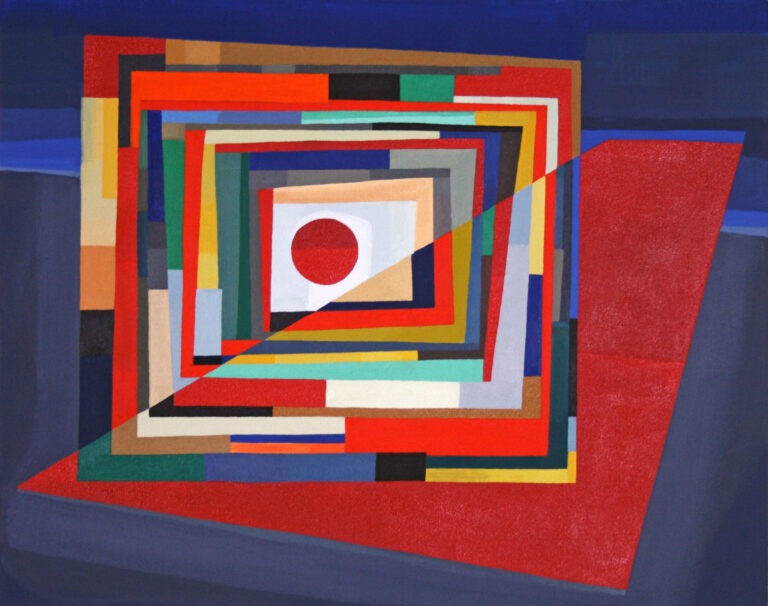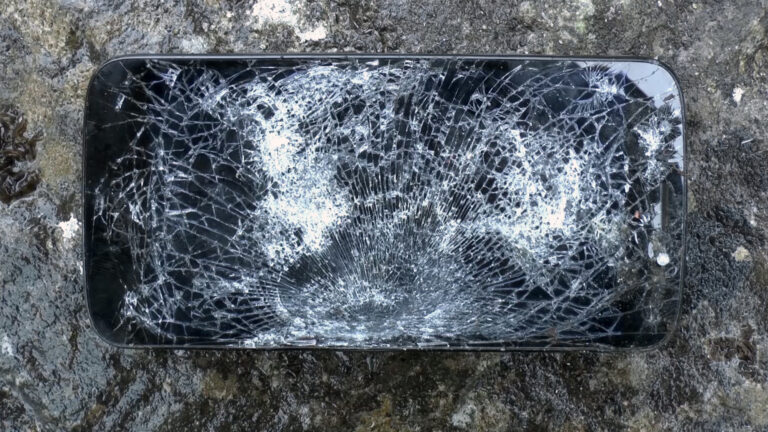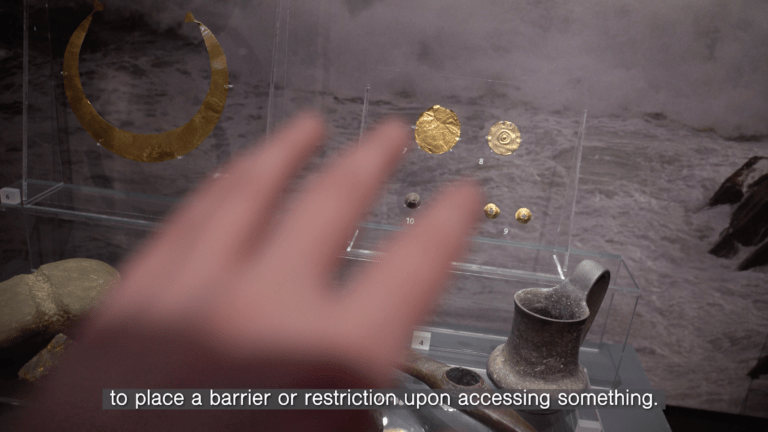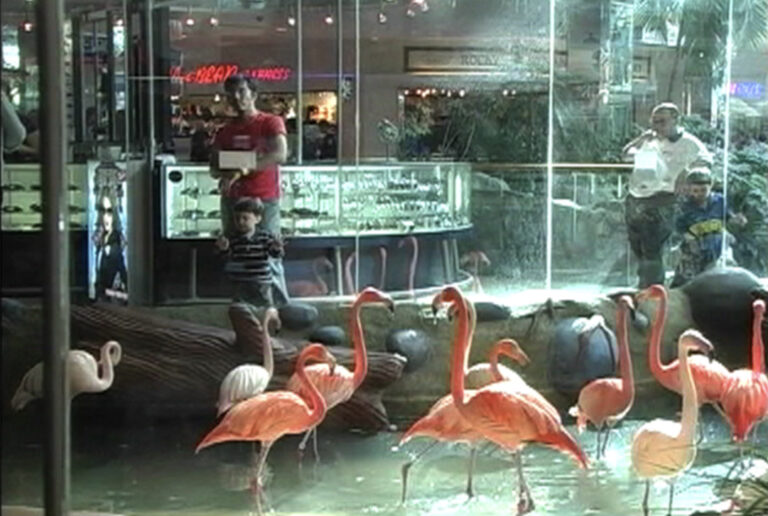aemi is delighted to present ‘The Sun Gives Without Asking’, a screening programme curated by artist Sean Lynch featuring work by Dan Graham, Paul Gregg and Annette Clancy, Magdalena Jitrik, Amanda Rice, and Jorge Satorre, alongside excerpts of Lynch’s own ongoing video project What Is An Apparatus?.
Revolving around the radical potential of storytelling, Lynch’s programme proposes forms of cultural pursuit that interrogate the complex motifs found deep in everyday life, place, and capitalist society. From windows, supermarkets, and telephones, the measures and shapes of the Western world that aim to manage and orient human behaviour become evident – with a sleight of hand they might change into new malleable and eclectic forms, gleefully spurred on by artistic energies!
This screening will be followed by a discussion with Sean Lynch and Amanda Rice.
Film information
Magdalena Jitrik, Pintura En Askeaton, 2009, Ireland/Argentina, DCP, 7 minutes
Sean Lynch, What Is An Apparatus?, 2016-2022, Canada/Ireland, excerpt, DCP, 3 minutes
Jorge Satorre, Windows Blowing Out, 2005, Ireland/Mexico, DCP, 7 minutes
Sean Lynch, What Is An Apparatus?, 2016-2022, Canada/Ireland, excerpt, DCP, 3 minutes
Dan Graham, Death by Chocolate: West Edmonton Shopping Mall (1986-05), 1986-2005, Canada/USA, Digital, 8 mins,
Sean Lynch, What Is An Apparatus?, 2016-2022, USA/Ireland, excerpt, DCP, 3 minutes
Amanda Rice, No One Can Ever Embargo the Sun, 2021, UK/Ireland, DCP, 21 minutes
Media footage featuring Paul Gregg and Annette Clancy, 1998, Ireland, DCP, 10 minutes
Sean Lynch, What Is An Apparatus?, 2016-2022, Ireland, excerpt, DCP, 5 minutes
Running Time: 67 minutes
Magdalena Jitrik, Pintura En Askeaton
Argentinian artist Magdalena Jitrik spent time in Askeaton during 2009 making a small painting that, according to prominent curator Adriano Pedrosa, ‘is a splendid abstract geometric composition – one can see the same mosaic of multicoloured slanted rectangles forming a larger, again not so orthogonal square, which in turn is intersected by a trapezoid figure, offering a feast for the formal connoisseur.’ In her accompanying video one can observe the painting’s growth from a blank canvas to a completed artwork, accompanied by a soundtrack by Jitrik’s band, Orquestra Roja (Red Orchestra). In another sequence, the painting appears as an apparition amongst gravestones and medieval stone carvings in the ruins of the Askeaton’s Franciscan Abbey. Jitrik’s Askeaton artwork later featured in 2011’s Istanbul Biennial and as part of Phaidon’s Vitamin P2 compendium of contemporary painting.
Sean Lynch, What Is An Apparatus?
What Is An Apparatus? was initially produced during travels throughout 2016 in Europe and North America, composed as a series of anecdotes or short films assembled together with a voiceover performed by long-time collaborator Gina Moxley. While initially appearing as a collection of somewhat ludicrous encounters with nuclear submarines, postmodern architecture, Ivy League colleges, robots, scrapyards, tin mines, folk parades and supermarkets, it gradually becomes apparent that stories told are generated as the result of living in an increasingly technocratic life. The measures and institutional values of the western world that aim to manage and orient human behaviour become evident in each of the sixteen tales. Following presentations in Rotterdam, Vancouver, Cornwall and Dublin, the piece continues to grow in shape and content, dictated to by the exploration of specific geographical locations, undertaking forms of pseudo-ethnographical fieldwork, and keeping a keen eye and ear out for everyday situations that might reveal the often preposterous yet frequently hegemonic nature of the contemporary world.
Jorge Satorre, Windows Blowing Out
In December 1976 the artist Gordon Matta Clark was invited to take part in a group show entitled Idea as a Model that was held in the attic of the Institute for Architecture and Urban Studies in New York, where he would show together with other architects including Richard Meier, Graves and Guatheney. Together with Peter Eisenman, the director of the institute, they represented the formalist current at that time, which emerged from Cornell University, where Matta Clark had studied but critically rejected. Matta Clark exhibited photographs of the urban disaster of South Bronx, which showed abandoned buildings revealing signs of the scant importance assigned to public housing issues at the time by architectural theory in the United States. The attack was clear, Meier himself had designed some of those buildings. On the night before the opening of the Matta Clark show, the artist borrowed an airgun from his friend Dennis Oppenheim and fired at the windows of the Institute of Architecture, the exhibition venue. Eisenman ordered the panes of glass be replaced immediately before the opening. This work was titled Windows Blow Out. My project consisted in recovering, almost theatrically, this referential piece through the construction of three windows, made to measure, to be installed in an old abandoned house near the town of Skibbereen in West Cork, Ireland, where I was invited to carry out a site-specific project.
Dan Graham, Death by Chocolate: West Edmonton Shopping Mall (1986-05)
Produced by Graham at the Banff Centre in Canada, Death by Chocolate: West Edmonton Mall draws on nearly twenty years’ worth of footage shot in the bizarre yet familiar arena of the shopping mall. The resulting work provides a coldly beautiful view of mall culture: its architecture, its consumer public and its unique aesthetic world. This work also provides a corollary to Graham’s own prodigious writings and projects on the public spaces of corporate capitalism.
Amanda Rice, No One Can Ever Embargo the Sun
This three-part moving image work takes the form of a research essay which explores the mineral silver and its subsequent integration in solar energy technologies. The work thinks through both material histories and sunlight as something which is both entangled and interconnected, personal and political. Green energy systems, and in the case of solar energy, is sold to us as immaterial and renewable; but their technics are grounded in the extractive and geophysical, de-territorialized and disseminated. The work moves between personal mediations on light and geology, and thinks about sunlight as an elemental, omnipresent and global experience, one which pervades bodies – both human and non-human; also as a global commodity, one which has been subject to the laws of capital and extraction.
Biography, Sean Lynch
Sean Lynch (b. 1978, Kerry, Ireland) is an artist living in Askeaton, Limerick. Alongside representing Ireland at the Venice Biennale in 2015, prominent exhibitions include Edinburgh Art Festival, Henry Moore Institute, Leeds, Douglas Hyde Gallery, Dublin, CAPC Bordeaux and Modern Art Oxford. Since 2006, he has worked alongside Michele Horrigan at Askeaton Contemporary Arts.




